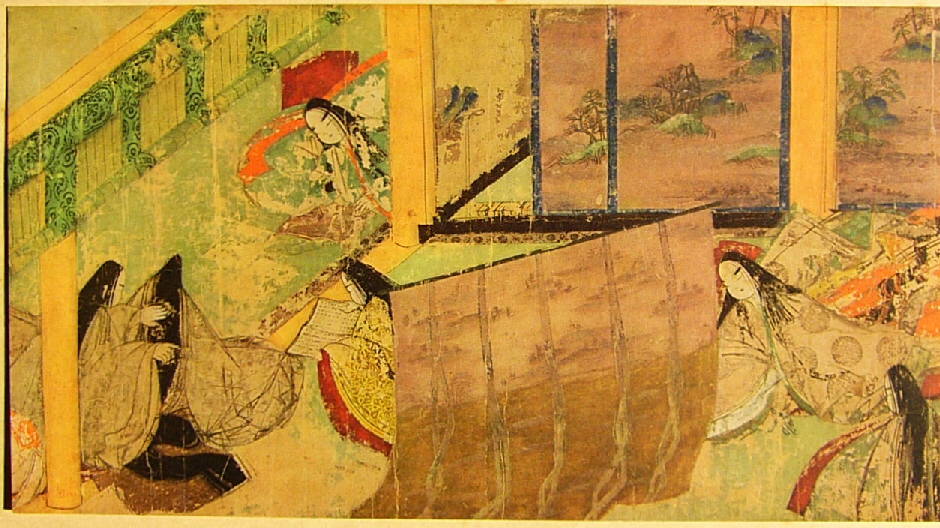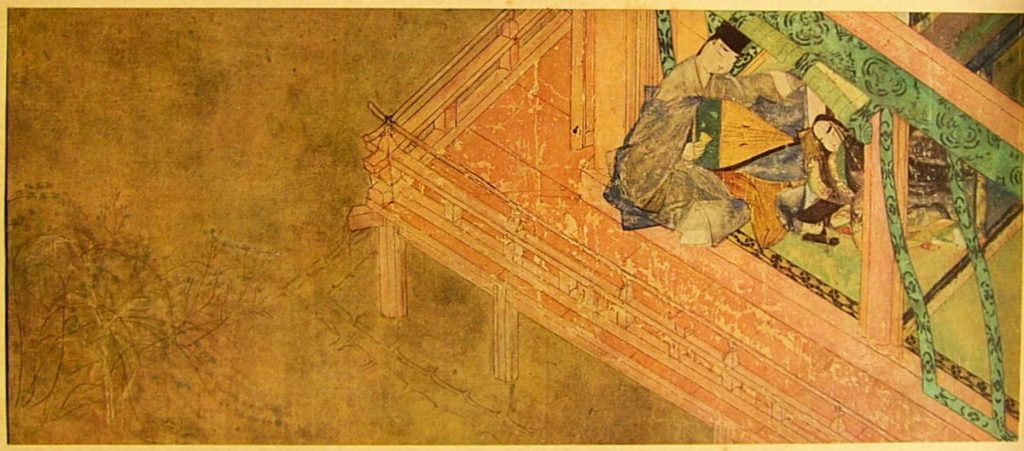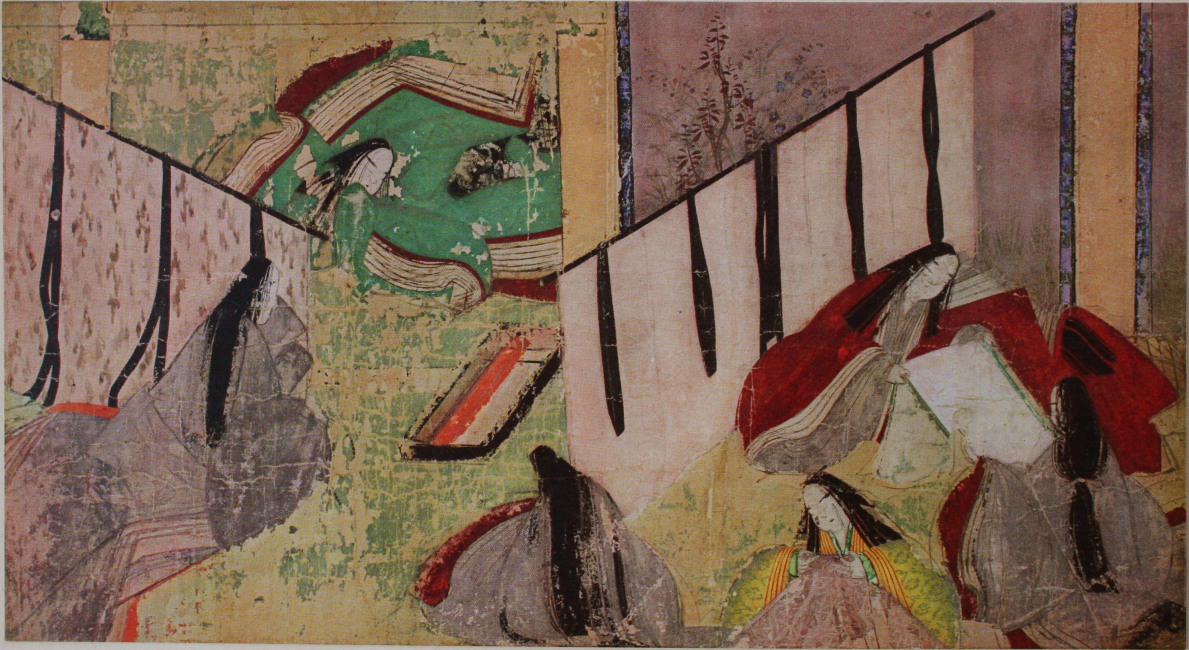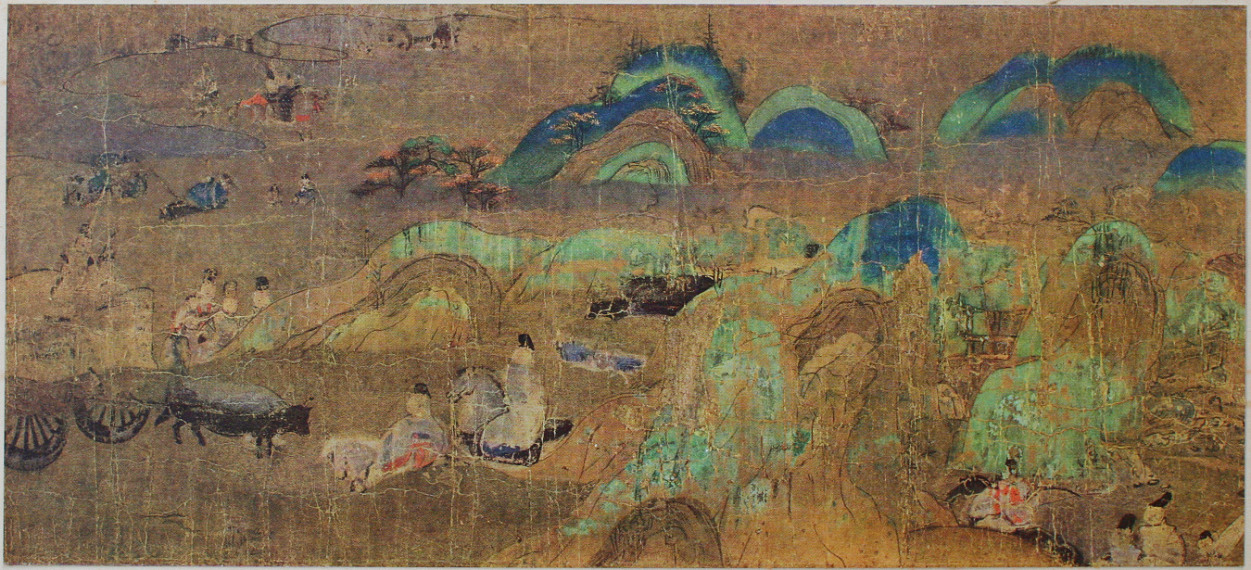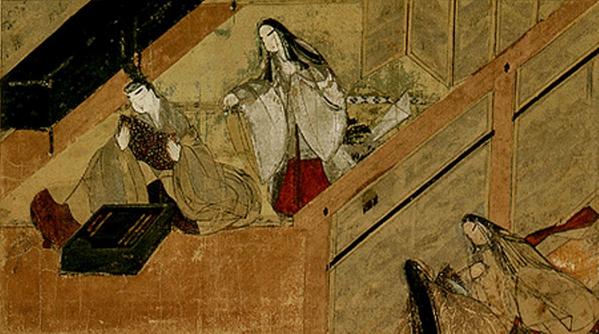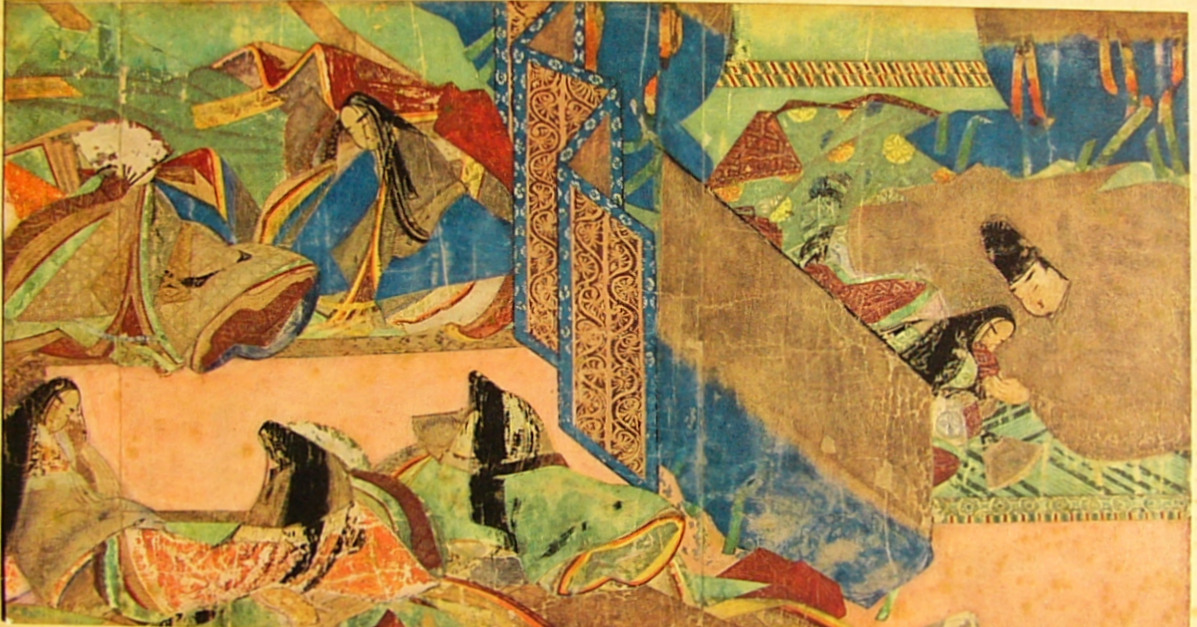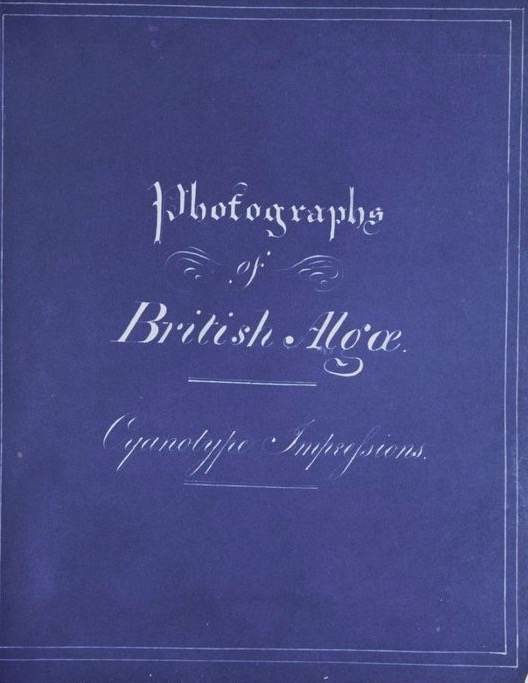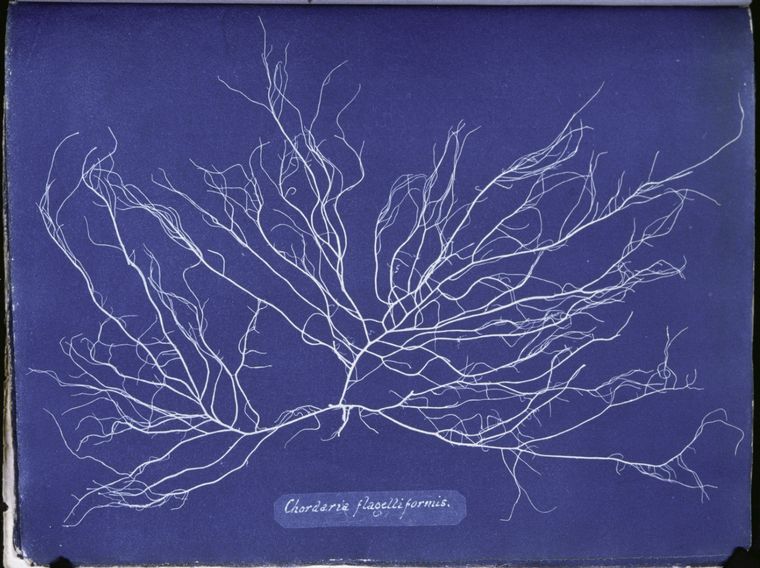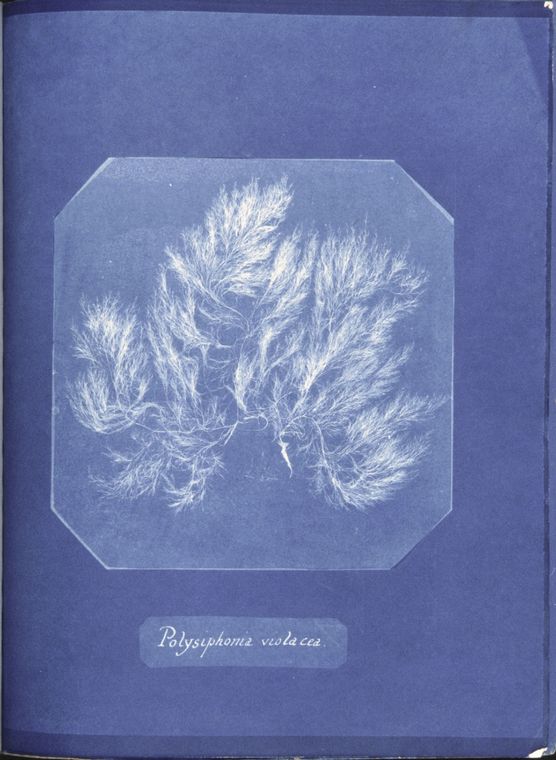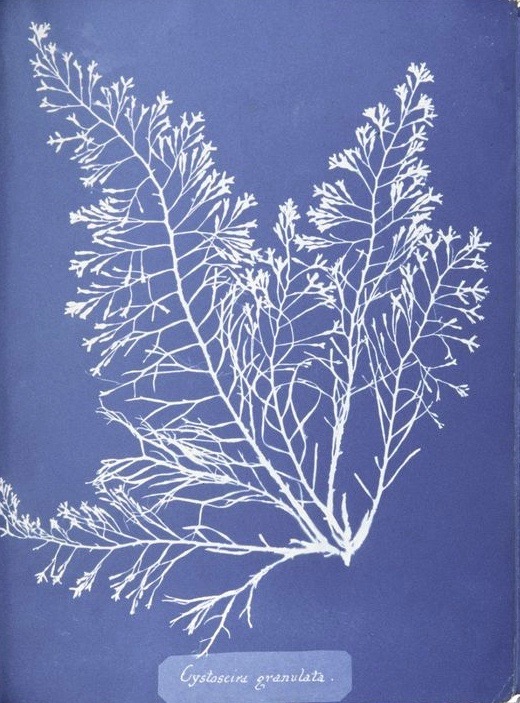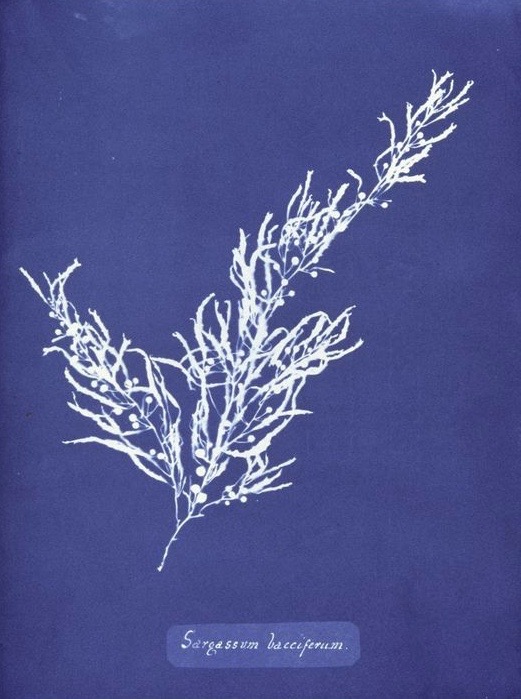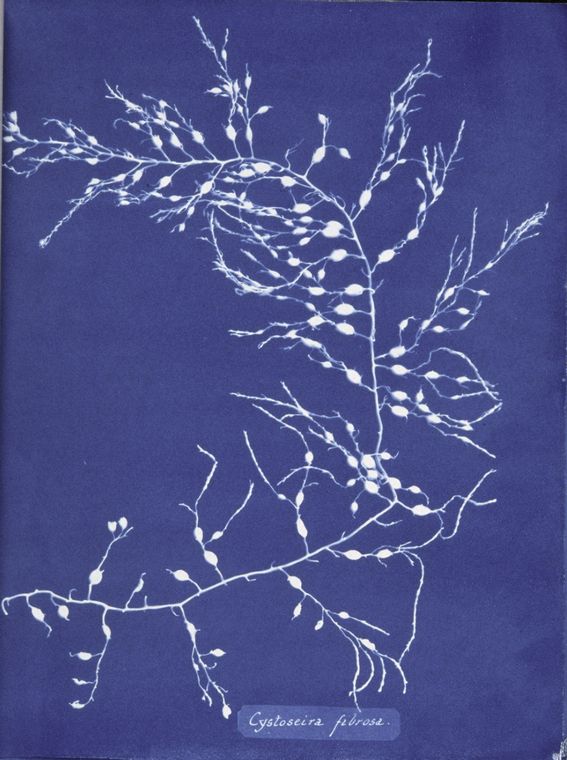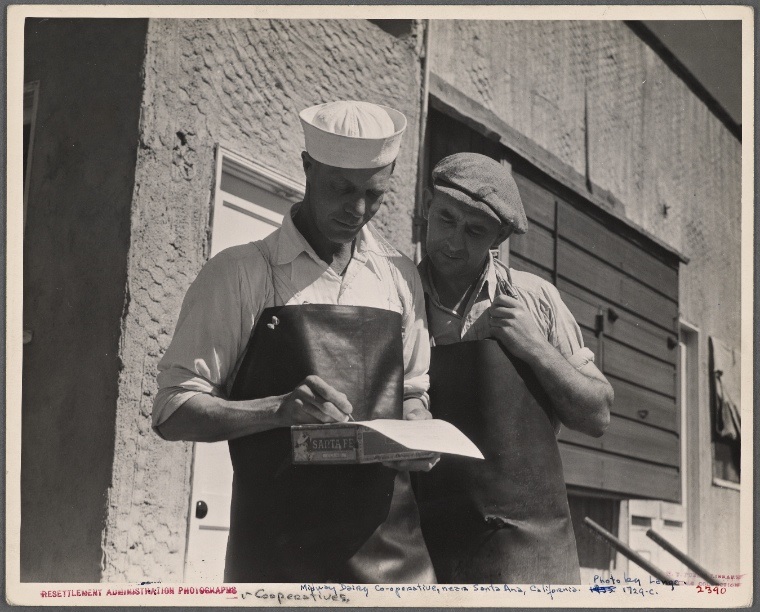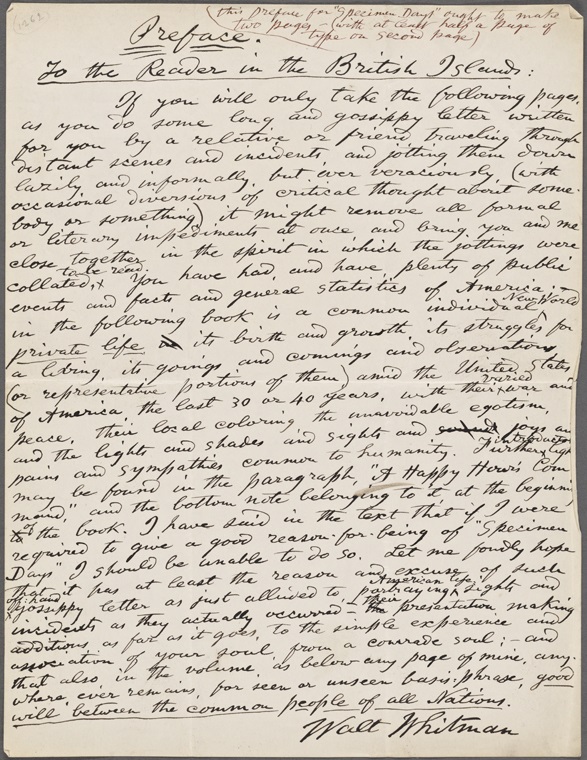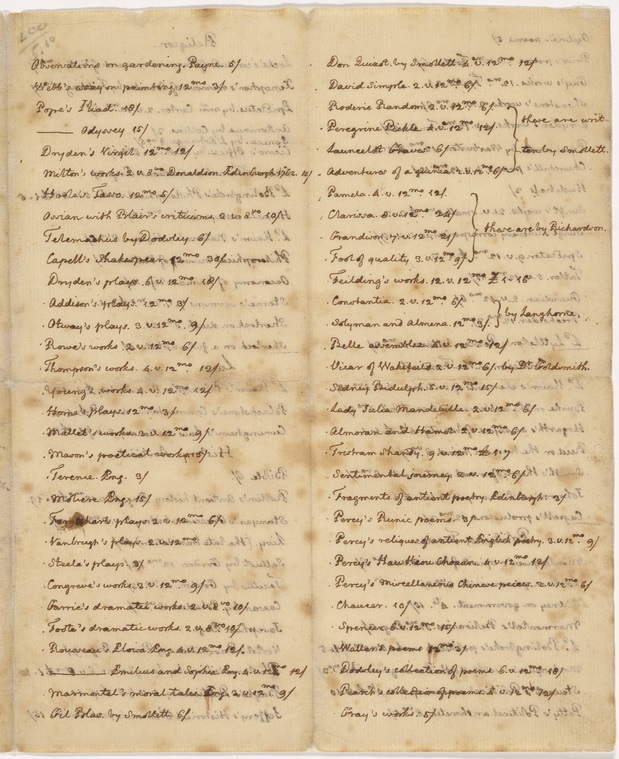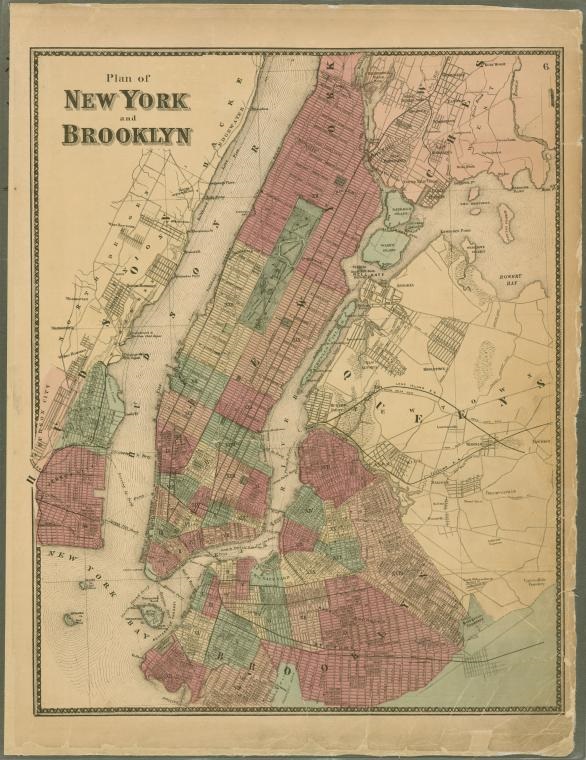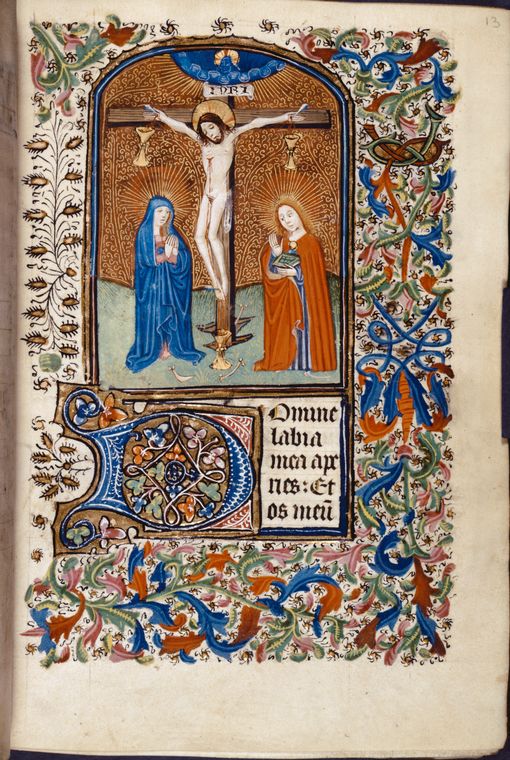Note: This post was published on our site less than two weeks ago–December 29, 2015–when we had no idea that David Bowie was in the final days of an 18 month battle with cancer. In the post, Josh Jones wondered whether the video featured above would be Bowie’s last live performance. And, alas, tonight we discover that it’s apparently so. David Bowie’s official Twitter and Facebook accounts, not to mention major newspapers, have just reported that David Bowie has died, only two days after his 69th birthday and the release of his new album Blackstar. We’ll have more to say about Bowie, a hero of ours, in the coming days. But, for now, we leave you with the sad news and this now historic performance caught on lamentably grainy video. –D.C
The man of a thousand haircuts, David Bowie has been the vanguard for creative reinvention for longer than many of his fans have been alive. As soon as he’s made us think he’s exhausted his imagination, he reappears with yet another album, another look, another theatrical tour. Except that last bit isn’t likely to happen again. We may have seen the end of Bowie the performer some time ago, according to such sources as longtime Bowie producer Tony Visconti (who worked with him on 2013’s The Next Day) and British concert promoter John Giddings.
“David is one of the best artists I’ve ever worked with,” said Giddings in October, ”but every time I see him now, before I even speak to him, he goes, ‘I’m not touring.’” Does this rule out the odd one-off appearance? Who knows. Nothing is for certain with Bowie. But it may well be that the performance above, a duet of “Changes” with Alicia Keys from 2006, represents the legendary shape shifter’s last gig. (And if so, we hope some better-quality video of it surfaces.)
Bowie appeared with Keys, Damian Marley, and comedian Wanda Sykes at New York’s Hammerstein Ballroom for a fundraiser and sang Station to Station’s “Wild is the Wind” and Lodger’s “Fantastic Voyage” in addition to “Changes,” all fitting notes to end on, if this is indeed the end of his live performing career. He had rarely taken the stage since his 2004 heart attack during the Reality tour, but, Rolling Stone points out, “that didn’t stop him from playing with Arcade Fire twice in 2005 and David Gilmour the following year.”
But that was ten years ago. During the recording of The Next Day, Visconti reported that Bowie insisted there would be no live shows, and there weren’t. Now, Bowie’s surprised us again with a new album, Blackstar, and a ten-minute video, above, that looks like all the paranoid dystopian visions in 90s albums like Outside, Earthling, and Heathen come terrifyingly true. I can imagine this most recent, perhaps final, entry in the Bowie canon would make for a hell of a stage show, but it looks like he will pass that torch to the younger artists who continue to inspire him as he ages gracefully. Blackstar will be released on January 8th, Bowie’s 69th birthday.
Related Content:
50 Years of Changing David Bowie Hair Styles in One Animated GIF
A 17-Year-Old David Bowie Defends “Long-Haired Men” in His First TV Interview (1964)
David Bowie and Cher Sing Duet of “Young Americans” and Other Songs on 1975 Variety Show
Ricky Gervais Creates Outlandish Comedy with David Bowie
Josh Jones is a writer and musician based in Durham, NC. Follow him at @jdmagness
